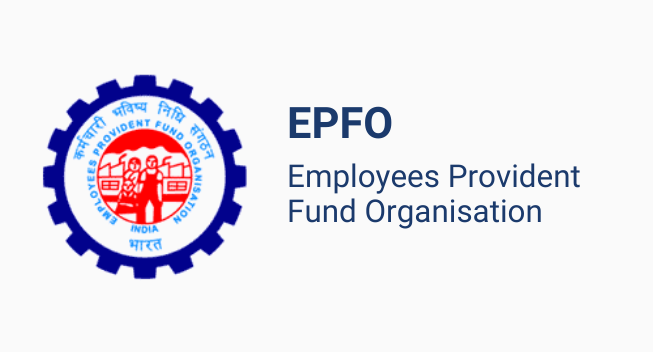The upshot of these changes is that the Employee Provident Fund (EPF) subscriber’s account will henceforth have two components — taxable and non-taxable. The Central Bureau of Direct Taxes (CBDT)
on Wednesday notified Rule 9D for calculating the taxable portion of interest on contribution in exceeding of the threshold limit.
Earlier, interest can EPT was completely exempt from tax, with no limits. “Many high networth individuals (IINIs) used to invest a substantial portion of their salary in EPF to reap the benefit of a high tax-free rate of Interest. The government amended the Income –Tax act to curtail this practice.
How tax will be calculated
Here’s an example to illustrate how liability on the taxable portion of contributions will be calculated. ABC contributes 12 per cent of his basic salary to EPF, which is 2241,000 per month or 2.88 Lakh annually; His employer contributes the minimal mandatory amount, which is Rs. 1800 per month. ABC’s opening balance for the year is 5.5 lakh. While 2.5 lakh of his contribution will be non-taxable, the % amount of Rs. 38,000 will get taxed. At the end of the year his non-taxable contribution will be 8 lakh, on
which, assuming an interest rate of 8.5 per cent, he will earn Rs. 68,000 interest.
The taxable portion will earn interest of 13,230. This amount earned in 2021-22 will get taxed in the employee’s hands in assessment year 2022-23 under the head income from other. If interest income exceeds the threshold limit of Rs 5,000 under Section 194A, tax will be deducted at source (TDS).
Implications for your finances
These amendments call for a rethink. “First, determine whether the threshold of Rs 2.5 or 5 lakh will apply to you partner, Victoritam Legalis-Advocates Solicitors. Only a small percentage of employees—high-salaried ones— will be affected. Employees should think twice before getting their salary restructured to reduce the basic salary. Doing so will reduce the employer’s contribution, which is still tax exempt. Your house rent allowance (HRA) and any other component linked to basic salary will also decline.
High-salaried employees may however, reconsider their contributions to Voluntary Provident Fund (VPF). Stopping this contribution won’t affect employer contribution, HRA, etc. The post-tax rate of return (on EPF VPF contribution above t 2.5 lakh) has declined from 8.5 per cent to less than 6 per cent (for those in the 30 per cent or higher tax bracket). Consider alternatives like equity mutual funds since this is long-term money. While you should market the most of Public Provident Fund’s tax free return of 7.1 per cent, you can only contribute Rs. 1.5 lakh to it annually.

